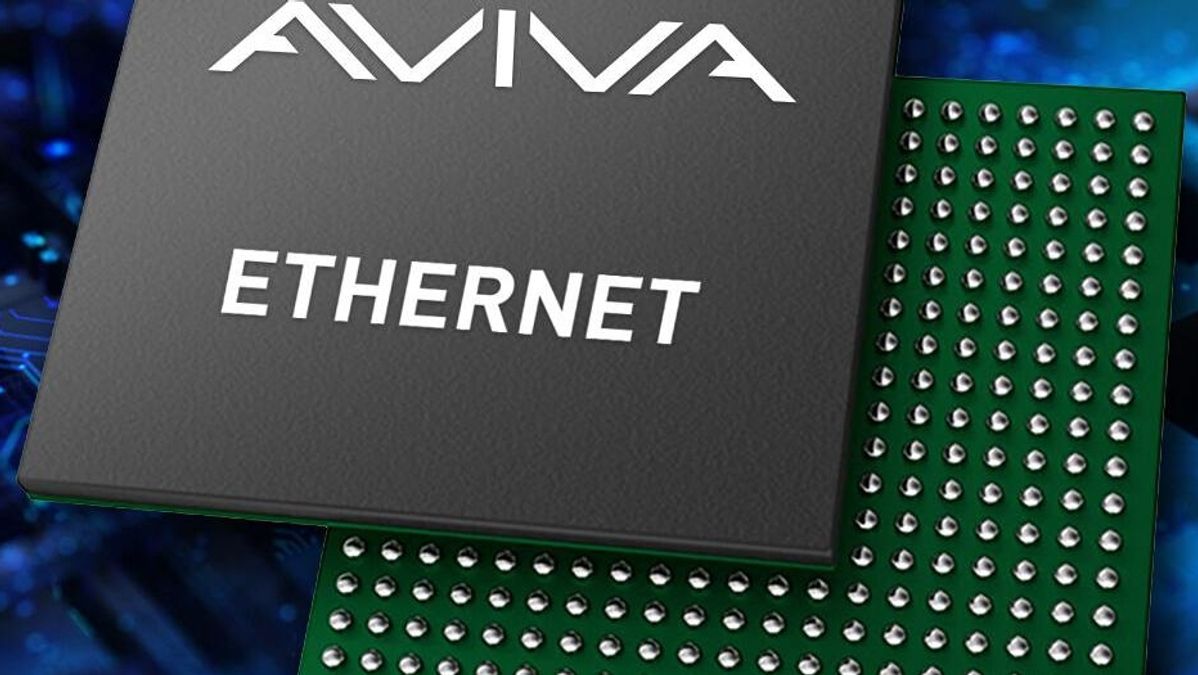
AVIVA Links, Inc., a trailblazer in automotive technology, has taken a giant leap forward with the introduction of the industry’s inaugural family of Multi-Gigabit Asymmetrical Ethernet Devices, specifically designed to address the burgeoning needs of AI and Advanced Driver-Assistance Systems (ADAS) in vehicles. This groundbreaking development, aligning with the Automotive SerDes Alliance Motion Link Ethernet (ASA-MLE) draft specification, is poised to redefine vehicle infrastructure by offering unprecedented bandwidth and performance enhancements.
Revolutionizing Vehicle Connectivity
The newly unveiled portfolio by AVIVA includes a comprehensive range of Ethernet PHYs, Switches, CSI-2 bridge ICs, and Zonal Aggregators. These devices are engineered to bolster the performance of Software Defined Vehicles (SDVs), substantially reducing the complexity, weight, and cost associated with traditional wiring harnesses. Additionally, they promise to improve synchronization, latency, power consumption, and security, heralding a new era of vehicle design and functionality. The announcement was made at the Automotive Ethernet Congress held in Munich, Germany, underlining AVIVA’s commitment to technological innovation and leadership.
Shifting Paradigms in Automotive Architecture
This launch signifies a pivotal shift towards centralized compute architectures and zonal topologies within the automotive industry. Such an architectural evolution offers considerable benefits, including enhanced performance and reduced system complexity. Kamal Dalmia, CEO of AVIVA Links, underscored the significance of this advancement, noting it as a continuation of the company’s legacy in pioneering first-of-its-kind technologies. Following the introduction of the world’s first 16G standardized SerDes, this development further cements AVIVA’s position as a technological frontrunner in the automotive sector.
Looking Towards the Future
The Asymmetrical Ethernet Devices introduced by AVIVA are currently in the sampling phase, being evaluated by Tier 1 and OEM customers, with full-scale production anticipated in the upcoming year. This strategic move not only addresses current challenges faced by vehicle architects but also sets a new benchmark for infrastructure bandwidth and performance across the industry. As vehicles increasingly become data-centric, the demand for high-bandwidth, low-latency communication solutions will continue to rise, positioning AVIVA’s innovations as crucial enablers for the next generation of automotive technology.
The automotive industry stands at the cusp of a significant transformation, driven by advancements in AI and ADAS technologies. AVIVA’s latest offering not only exemplifies this shift but also provides a glimpse into the future of automotive design and functionality. As we move towards a more connected and autonomous world, the implications of such technologies are profound, promising safer, more efficient, and smarter vehicles. The journey of automotive innovation is far from over, and AVIVA’s contributions underscore the endless possibilities that lie ahead.
